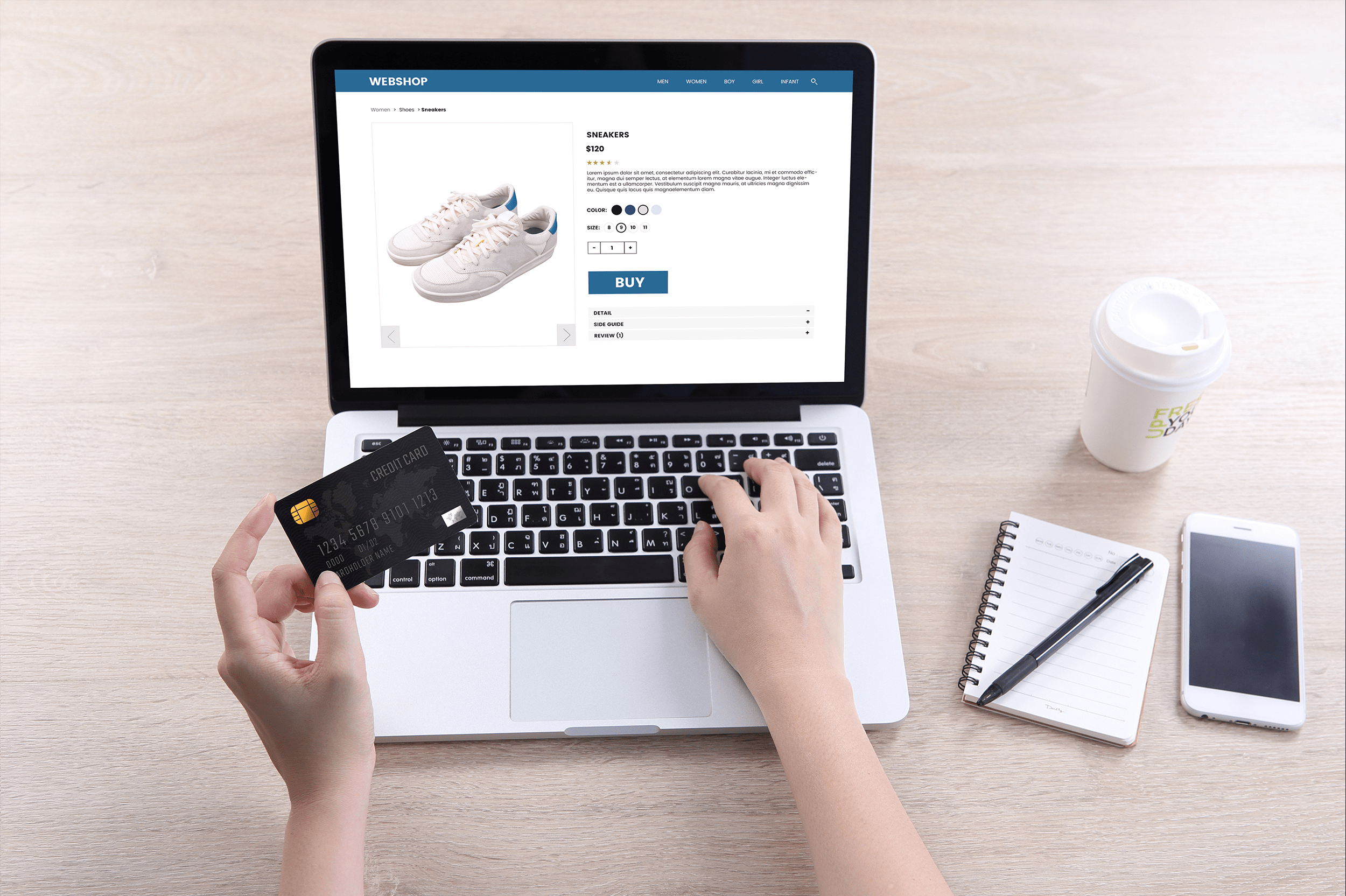Pay-per-click, also known as PPC, is probably something you’ve heard time and time again. This form of marketing has advertisers pay each time someone clicks on their ad. PPC ads can run on websites, mobile apps, or search engines like Google.
There are three parties involved in PPC advertising: the advertiser, the ad host, and the consumer. The ad host acts as a middleman for the advertiser and consumer. That’s why you pay the ad host; they display the ad and get it in the eyes of consumers, who then click the ad and potentially give you a lead or sale.
PPC advertising can be incredibly lucrative if done correctly. Optimized ad copy, headlines, and landing pages can boost their success.
Continue reading this guide to discover some successful examples of PPC advertising and best practices for starting your own campaigns.
3 Pay Per Click Examples
Most commonly, you’ll find PPC ads on websites (this is also known as display advertising), search engines, and social media platforms. Here are a few examples to understand how they work on each:
Social Media PPC
When scrolling through Facebook or Instagram, you’ll probably see some ads. However, the ads look much like regular posts, so they fit seamlessly into your feed. Still, they’re marked with ‘Sponsored’ to denote that they’re advertisements.
Most social media platforms that allow PPC advertising require you to have a business account to advertise. Through your business account, you can set your budget, target your audience, and tweak settings to get your ad in front of the right people.
Search Engine PPC
Type in a query on a search engine like Google, and you may come across relevant PPC ads. For instance, searching for the keyword 12-month planner led to these ad results, clearly marked with the word Ad. They display at the top of Google’s search results, giving them the best spot for clicks.
Display Ad PPC
On websites using PPC advertising as a form of monetization, you might see ads on the website’s sidebar, in its header or footer, or sprinkled throughout its pages. This is common on non-business blogs. Usually, you’ll pay less in PPC advertising for displayed ads on smaller websites, but you have the opportunity to get more clicks on websites with better traffic.
Pay Per Click Tips and Best Practices for Successful Campaigns
Put the following PPC tips into practice to increase your chances of having successful advertising campaigns.
Use Precise Targeting
Targeting is the key to PPC advertising because the better you target an audience, the likelier you are to get more clicks in relation to views. In turn, you could lower your cost per click (CPC).
That starts with defining your audience. Create customer personas that are the ideal customers for your business or use customer modeling to gain deeper insights and predict customer behavior. Consider who they are, where they’re from, and what interests they have. Also, decide what they might search for and the keywords they’d use to do it. Then, use what you know about your ideal customers to target the demographics of your campaigns.
Add Negative and Long-Tail Keywords
Keywords have become so much more than the 1-2 word phrases they used to be. SEO now has us using longer phrases to target the right people (long-tail keywords) and indicate what phrases not to target (negative keywords). Using both of these when setting up your campaigns can help you target the specific group of people that are likeliest to click on your ads.
Optimize Your Ad Copy
When your ad copy is specific, descriptive, and engaging, people will want to click on it. Check out your competition by searching for the keywords you’re targeting. Aim to make your ad headline and copy even better than the top results to boost your chances of getting clicks and conversions.
Design Engaging Landing Pages
Having a lot of clicks on your ad is great, but getting conversions is the ultimate goal. Conversions happen when clicks turn into customers — or people with interest, at a minimum — who help your sales. Your landing page will ultimately help website visitors who clicked on your ad decide whether they want to purchase something or give you their information.
Make sure your associated landing pages are relevant to your ad, have simple navigation, and have responsive designs to work on any device. Use clear CTAs that draw visitors in. Browse these 50 best landing page examples to get inspired.
Effective PPC advertising relies heavily on the data you collect about your website visitors and customers. With new consumer privacy laws emerging around the world, it’s crucial to disclose what data you’re collecting about your visitors and how you’ll use it. With ShareThis’ Privacy Policy Generator, you can create a comprehensive, customized privacy policy in just minutes to boost compliance and earn your visitors’ trust. Plus, it’s free to use!




